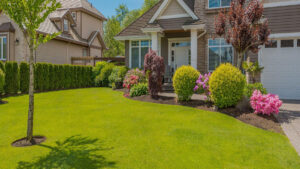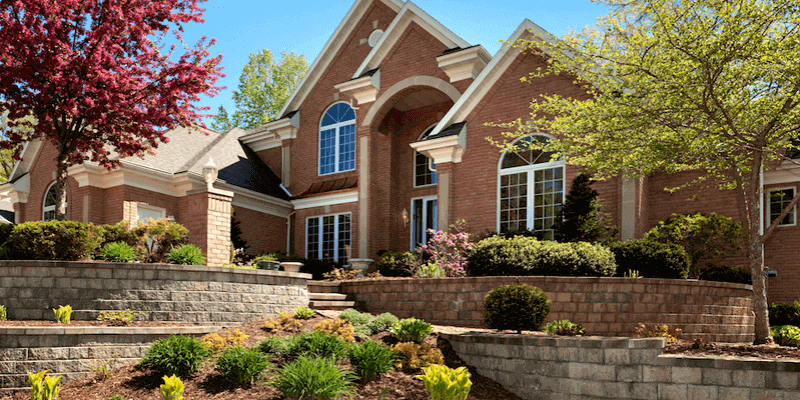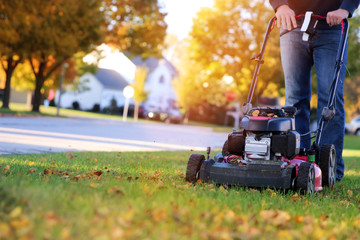Landscaping Harrisburg PA designs create a visual environment that enhances your home. It also creates a functional space for you and your family to enjoy.
Whether you’re a homeowner or a property manager, landscape design is an essential component of your property’s beauty and value. By understanding the four basic design principles and their effect, you can improve your home’s curb appeal.
Whether you’re on a tight budget or just want to make your home look better on the outside, simple landscaping designs can help. These affordable upgrades can help you make your property stand out, add a bit of curb appeal and even boost your home’s value should you ever decide to sell it.
Landscaping with stone edging, a mix of shrubs and flowers, and elegant paving is a great way to create an elegant outdoor space on a tight budget. If you’re looking to do a more sophisticated design, try adding a water feature and incorporating low hedges for a unique look.
A front yard that features a flowering tree is an easy way to add height and contrast to a plain landscape. You can even plant several similar plants in an irregular pattern to make them look more interesting.
Another simple but effective design is using a dry stream to stop excess water from collecting in your garden. To do this, dig a trench, line it with landscape fabric, and fill it with gravel or stones. This simple and inexpensive project gives your garden a waterfall-like feel without needing to hire an expensive contractor.
The same idea can be used to divide up a lawn or to create an interesting transition space between your house and walkway. A curved pathway is another effective way to reinvent an existing design.
Finally, if you live in an area where it often rains, designing an outhouse that sits next to a beautiful tree can help tie your design together and give your garden a cute aesthetic. It also helps keep your front yard low maintenance, which is important when you’re trying to save money!
Complex landscaping designs require a lot of thought and planning. They need to be low maintenance, attractive, and durable. They also need to make a statement about the property.
A good design will create unity between different areas of the landscape. This may mean arranging plants in a certain way to tie together the areas or using construction material and plantings that are similar in color and shape to that used in the house.
Choosing a theme for the landscape is important because it can help you determine what types of plants will work in your space. A theme can include the approach you want to take, the concept you want to portray, and the kinds of plants you want to use. For example, if you have a rustic wooded lot and a cabin-style home, you might choose to go for a naturalistic look with such plants as azaleas, dogwoods, and oaks.
In addition to a theme, you should think about what kind of architecture your home has and how that affects the look you want for the landscaping. Form themes can be geometric or naturalistic, while style themes can be formal or informal. For instance, you might decide to make the hardscape in your front yard symmetrical while the plantings are asymmetrical, balancing visual weight.
Another principle of landscape design is to plan for the mature size of the trees and shrubs. This will help you avoid having to relocate them later when they outgrow their spaces. It can also help you decide how large of a tree or shrub to plant in front of your house and what type of flowers or other plants to use for the season.
A common feature of complex landscaping is to include areas where residents can spend time together. This can be a pool, basketball court, or even a simple seating area with trees and flowers. You should also plan for privacy if residents need to read or have a private conversation in the outdoor spaces.



